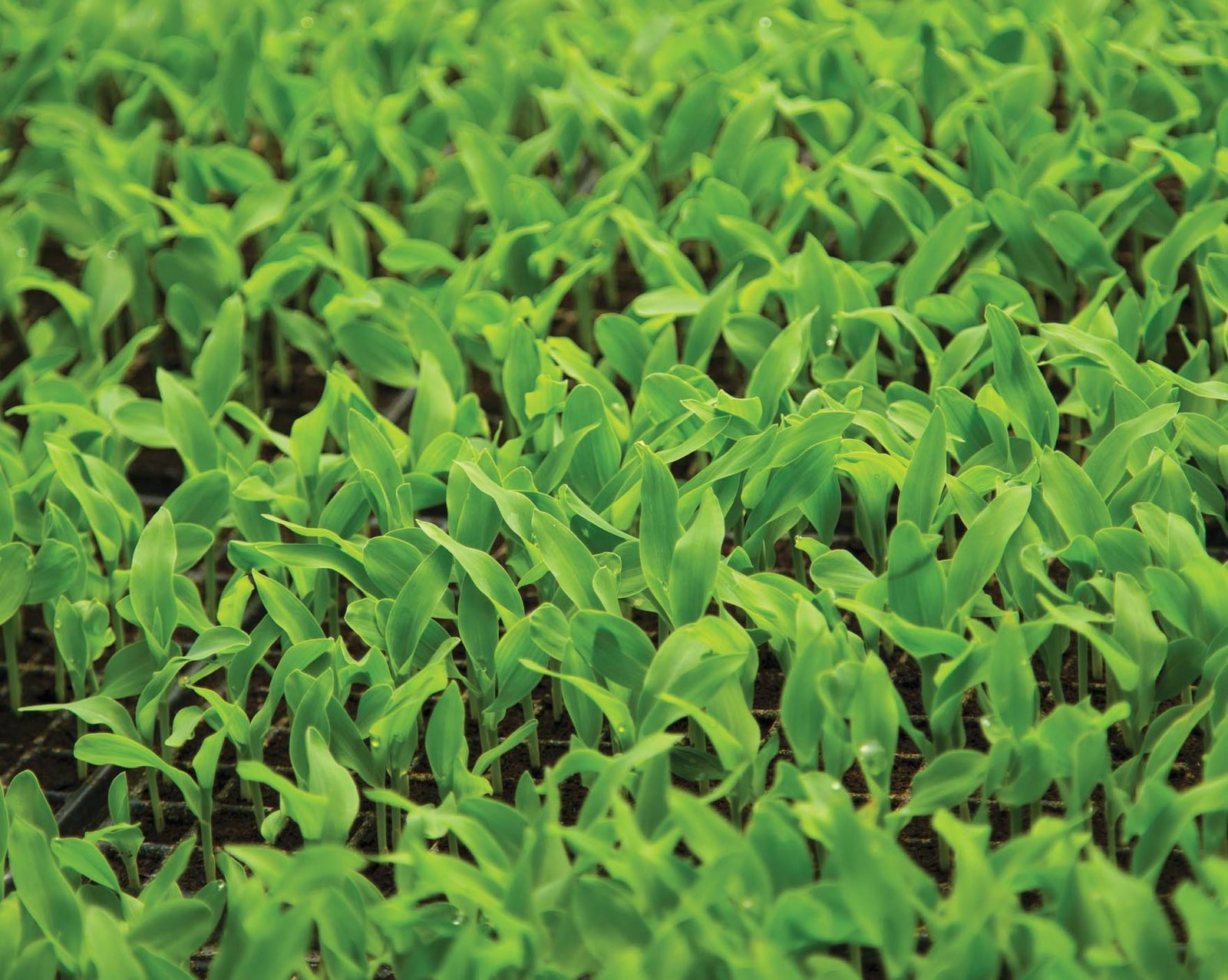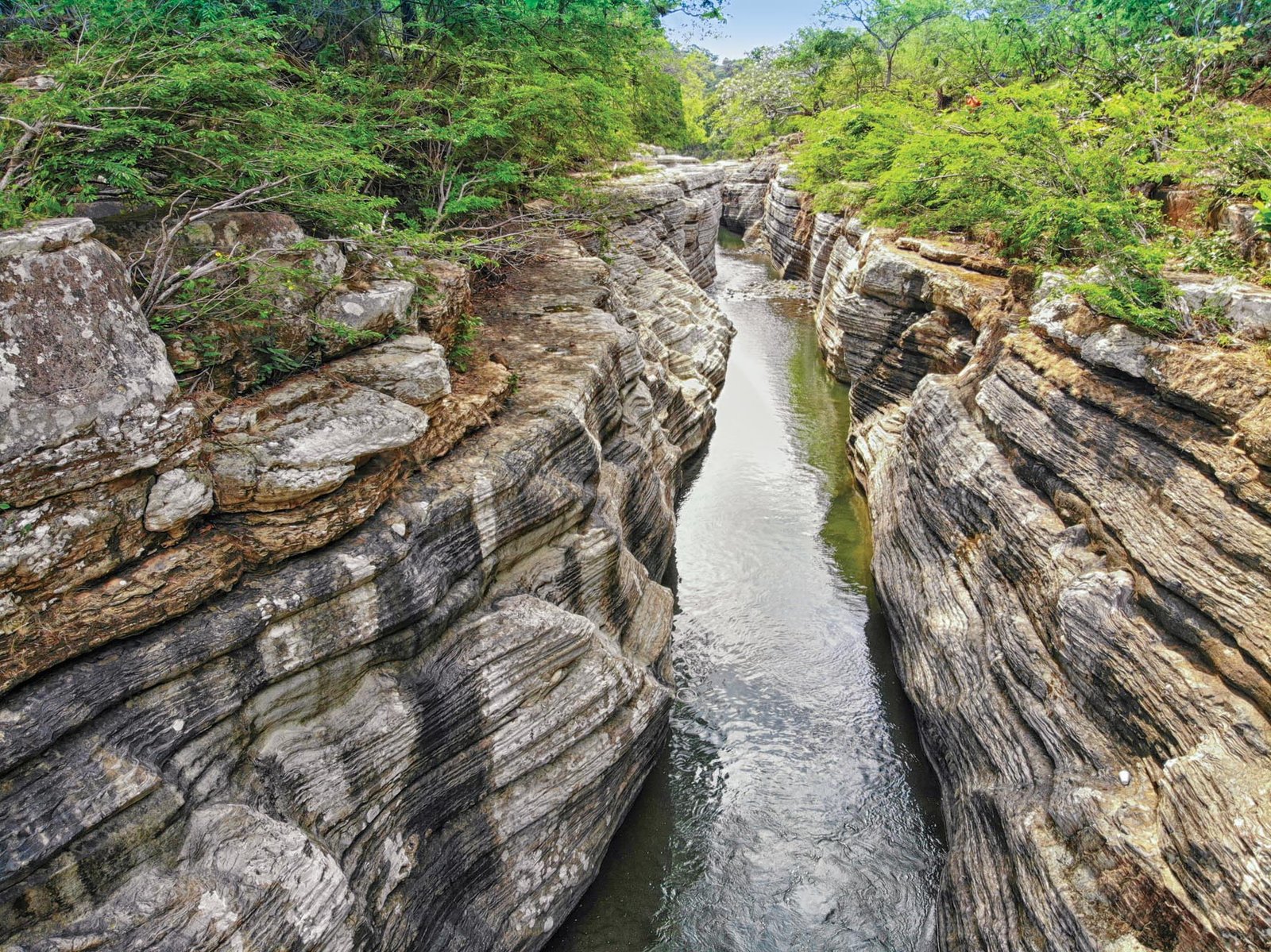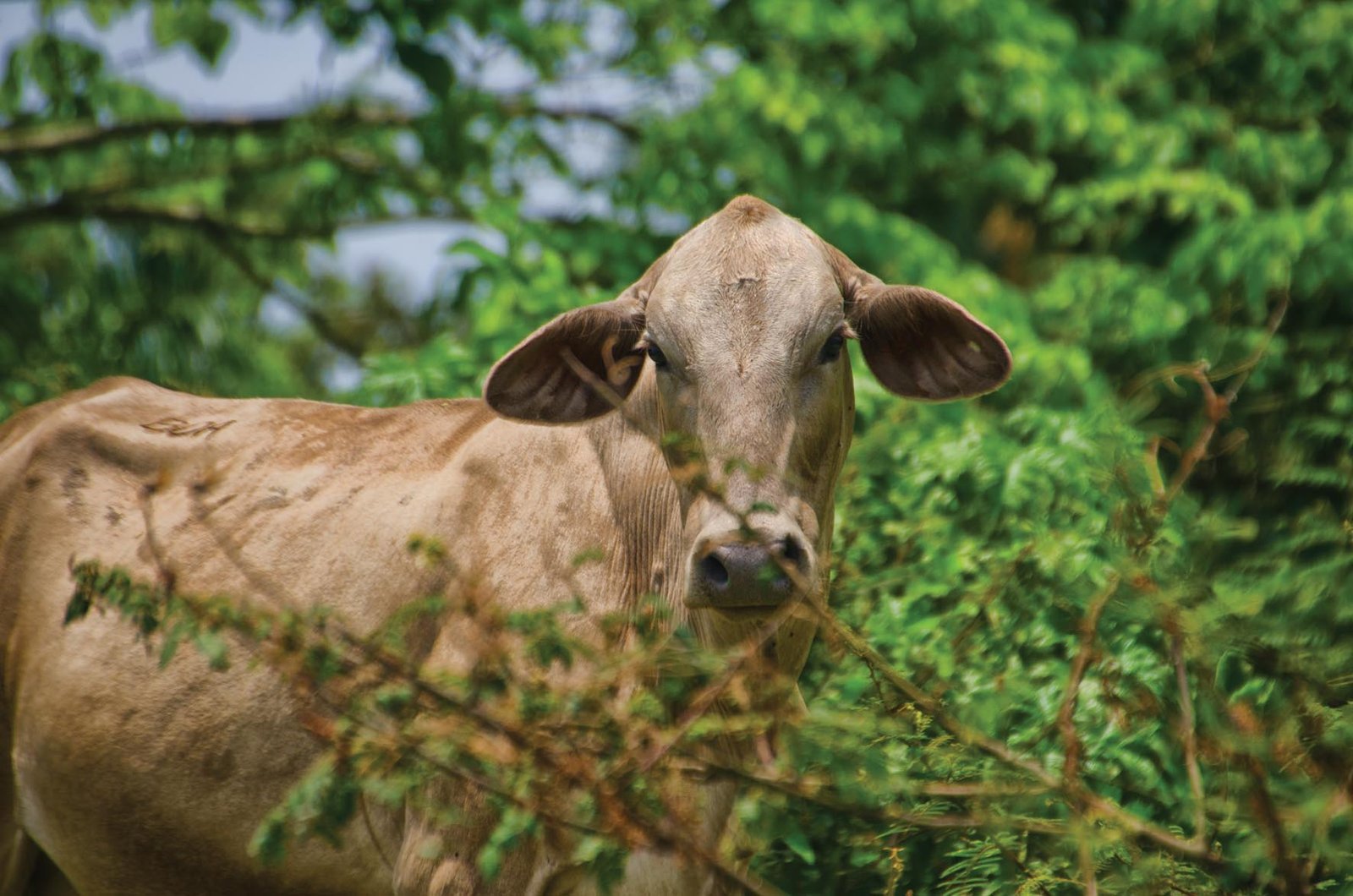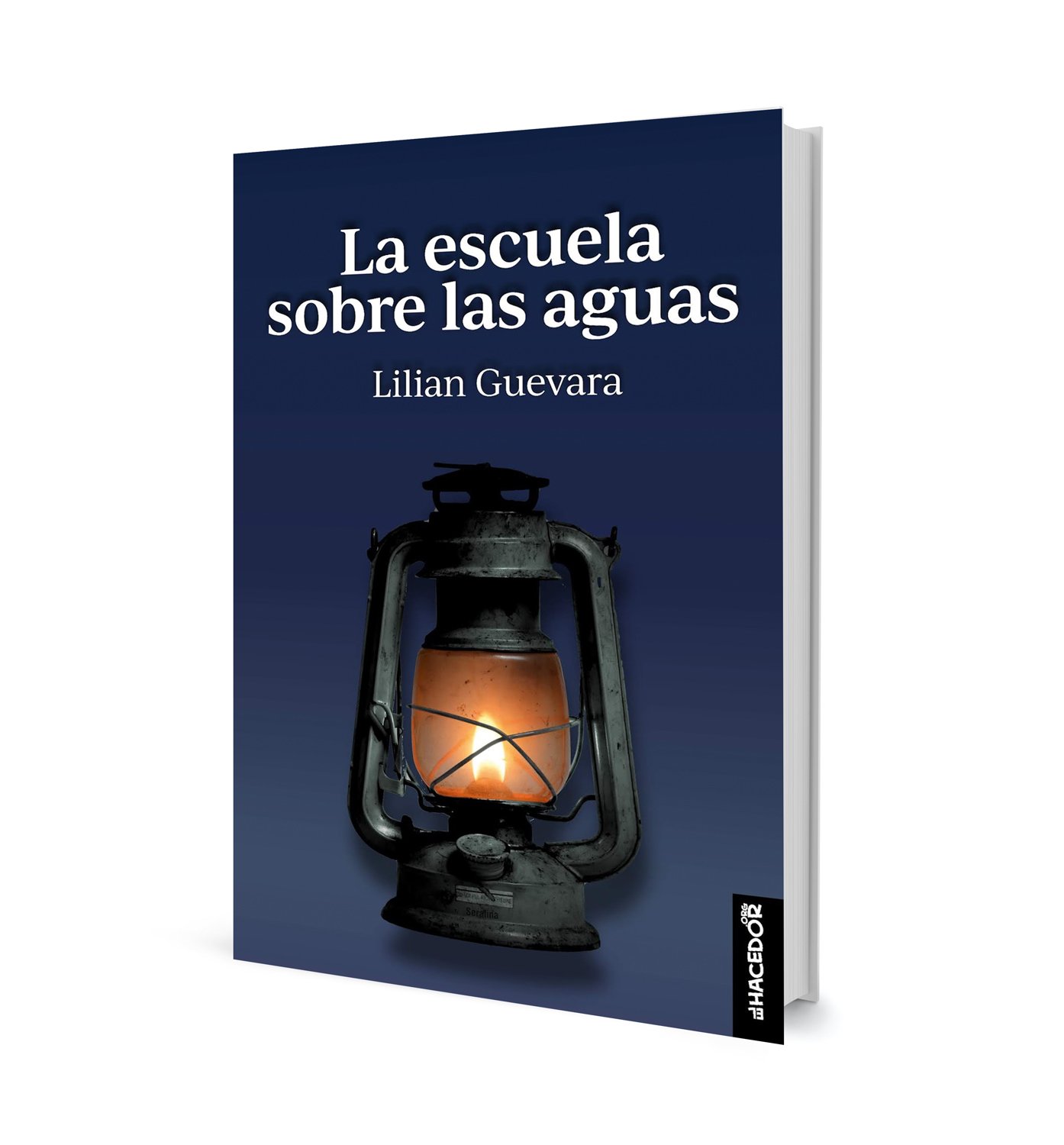
The Global Nitrogen Challenge
Text and Photos : Javier A. Pinzón
At the beginning of the 20th century, two German chemists from the University of Karlsruhe, Fritz Haber and Carl Bosch, developed a way to produce synthetic nitrogen on a large scale and at a low cost. Their invention led to the mass production of nitrogen-based fertilizers, which transformed agriculture around the world. Nonetheless, this increase also marked the beginning of humanity’s long-term interference with the planet’s nitrogen balance. Each year it is estimated that a large amount of reactive nitrogen (worth $2 billion) is lost in the atmosphere, degrading the soil, polluting the air, and causing the spread of “dead zones” and toxic algae blooms in our waterways.
Nitrogen (N2) is found naturally in the environment. In fact, about 78% of it is in a gaseous state, which, if not oxidized or reduced to a reactive form, will not be harmful to ecosystems or humans. Still, nitrogen is the nutrient that most limits global agricultural production so it is often injected into fertilizers to increase crop yield. But what happens when it is used in excess? And how does it impact our planet?
The growing demand for nitrogen in the agricultural, transportation, industrial, and energy sectors has led to a sharp increase in the amount of nitrogen pollution and greenhouse gas emissions. Nitrous oxide (N2O), for example, is a greenhouse gas that is 300 times more powerful than carbon dioxide. Five key areas threatened by nitrogen pollution have been identified: water quality, air quality, greenhouse gas balance, ecosystems, and biodiversity.

Water Quality
An analysis by the National Institutes of Health of the United States suggests that the high concentration of nitrates in drinking water can aggravate multiple health problems, including several types of cancer. In agricultural land, nitrogen is primarily found as nitrates (NO3-). Nitrates are not strongly retained in the soil, which it why it is common for them to drain with rainfall, reaching the aquifer bodies, in a process known as leaching. Water with high concentrations of nitrate represents a risk to human health, especially for newborns, who may be affected by “blue baby” syndrome, or methemoglobinemia, which inhibits oxygen transportation in the blood.
Air Quality and the Greenhouse Effect
Fossil fuel and biomass burning processes release nitric oxide (NO) and nitrogen dioxide (NO2 ), known as nitrogen oxides NOx ). While great strides have been made to reduce the amount of NOx produced by vehicles and the generation of power, emissions continue to increase in developed countries. Nitrogen gives rise to one of the most undesirable byproducts in the atmosphere: tropospheric ozone. The formation of ozone is harmful not only because it threatens human health, but also because on the surface of soil, ozone is a greenhouse gas that deteriorates plant tissues, inhibits plant growth, and limits plants’ ability to absorb carbon dioxide and compensate for global warming.
According to Mahesh Pradhan, a nutrient pollution expert for the UN Environment Progamme, the addition of nitrogen to the soil through fertilizers increases the greenhouse effect. About 60% of nitrous oxide emissions come from fertilized fields, fertilizers, and other agricultural sources. This excess of reactive nitrogen in the environment and its relation to global warming is associated with the effects of nitrous oxide (N2O), which is present in the atmosphere at a concentration of 315 ppm, although it is less than the concentration of CO2 , which ranges between 360 and 380 ppm. The problem is that a N2O molecule has a 300 times greater possibility of becoming a factor in global warming than a CO2 molecule.

Ecosystems and Biodiversity
According to Ochoa Hueso of the Autonomous University of Madrid, humans have multiplied by three to five times the amount of reactive nitrogen that was fixed naturally before the Green and Industrial Revolutions. This has caused a systematic loss of biodiversity at all trophic levels (primary producers, consumers, decomposers) and biological groups (microorganisms, plants, animals), as well as a disruption of a large number of ecological interactions that ensure our ecosystems are functioning properly.
These alterations in the functionality of ecosystems affect, in turn, their ability to maintain the supply of key ecosystem services upon which our societies depend, including soil fertility, climate regulation, pollination, and air and water purification, among many others.




